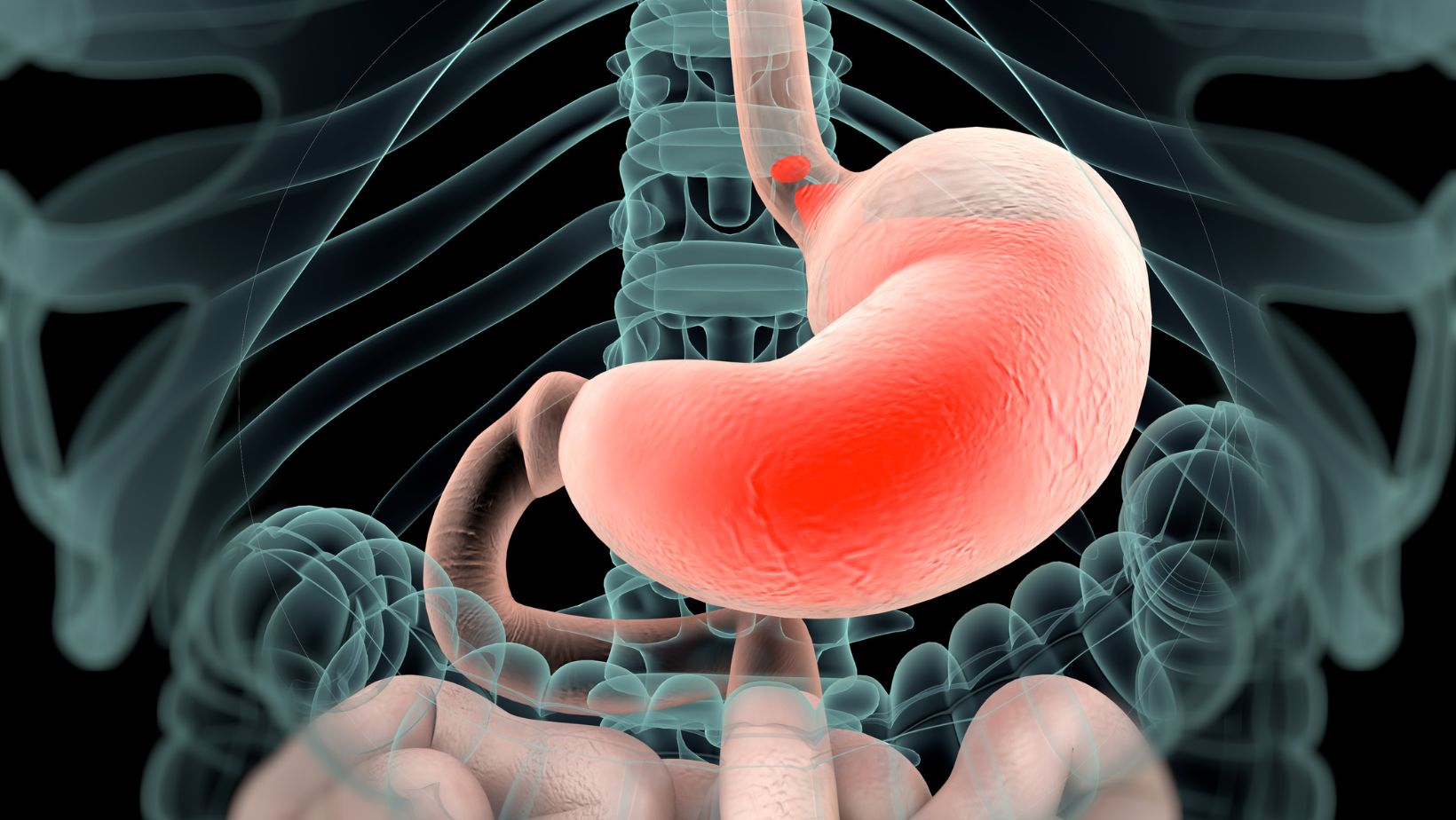Are you one of the many people who suffer from acid reflux? If so, you may be looking for ways to find relief. You may have heard that vitamin D can help, but can it really? Let’s take a closer look at the potential connection between acid reflux and vitamin D.
What is Acid Reflux?
Acid reflux occurs when stomach acid rises up into the esophagus. This can cause heartburn, chest pain, and regurgitation. If your acid reflux is severe, you may need medication or surgery.

What are The Symptoms of Acid Reflux?
There are a number of symptoms of acid reflux, including heartburn, chest pain, trouble swallowing, and a sour taste in your mouth. You may also experience a hoarse voice, coughing, and wheezing. If you have acid reflux, you may experience symptoms more than twice a week.
Can Vitamin D Cause Acid Reflux
There are a few different things that can cause acid reflux. The first is a hernia. A hernia happens when the stomach contents push through a weak spot in the diaphragm, which is the muscle that separates the chest and abdominal cavities. This can cause the contents of the stomach to back up into the esophagus, which is the tube that carries food from the mouth to the stomach.
Another possible cause of acid reflux is a hiatal hernia. This occurs when part of the stomach protrudes up through the diaphragm into the chest cavity. This can weaken or damage the lower esophageal sphincter (LES), which is a ring of muscle that separates the esophagus from the stomach. When this happens, stomach acid can leak back up into the esophagus and cause heartburn.
Certain foods and drinks can also trigger acid reflux. These include fatty or fried foods, spicy foods, citrus fruits, tomatoes, chocolate, mint, garlic, onions, and carbonated beverages. Eating large meals or lying down right after eating can also lead to heartburn.
How is Diagnosed?
Your doctor may refer you to a gastroenterologist, who specializes in diagnosing and managing disorders of the gastrointestinal tract, such as acid reflux.
A gastroenterologist may recommend one or more of the following tests and procedures to diagnose acid reflux and pinpoint the underlying cause:
1. X-ray. An X-ray may be ordered to check for any signs of damage caused by acid reflux.
2. Endoscopy. This procedure involves inserting a thin, flexible tube equipped with a light and camera (endoscope) down your throat, to examine your esophagus and stomach. This test can help confirm the diagnosis of acid reflux and rule out other potential causes of your symptoms.
3. Ambulatory acid (pH) monitoring test. For this test, a small tube is passed through one nostril, down your throat and esophagus, and into your stomach. The tube monitors your stomach’s pH levels for 24 hours while you go about your normal activities. This test can help confirm whether acid reflux is causing your symptoms by measuring the level of acidity in your lower esophagus during different activities, such as lying down or eating.

4. Esophageal manometry (swallowing study). For this test, a thin tube is passed through one nostril, down your throat and esophagus to measure muscle contractions along the length of the esophagus when you swallow. This procedure helps determine if there are coordination problems with the muscles involved in swallowing or if the muscles are too weak to push food through the esophagus properly..



